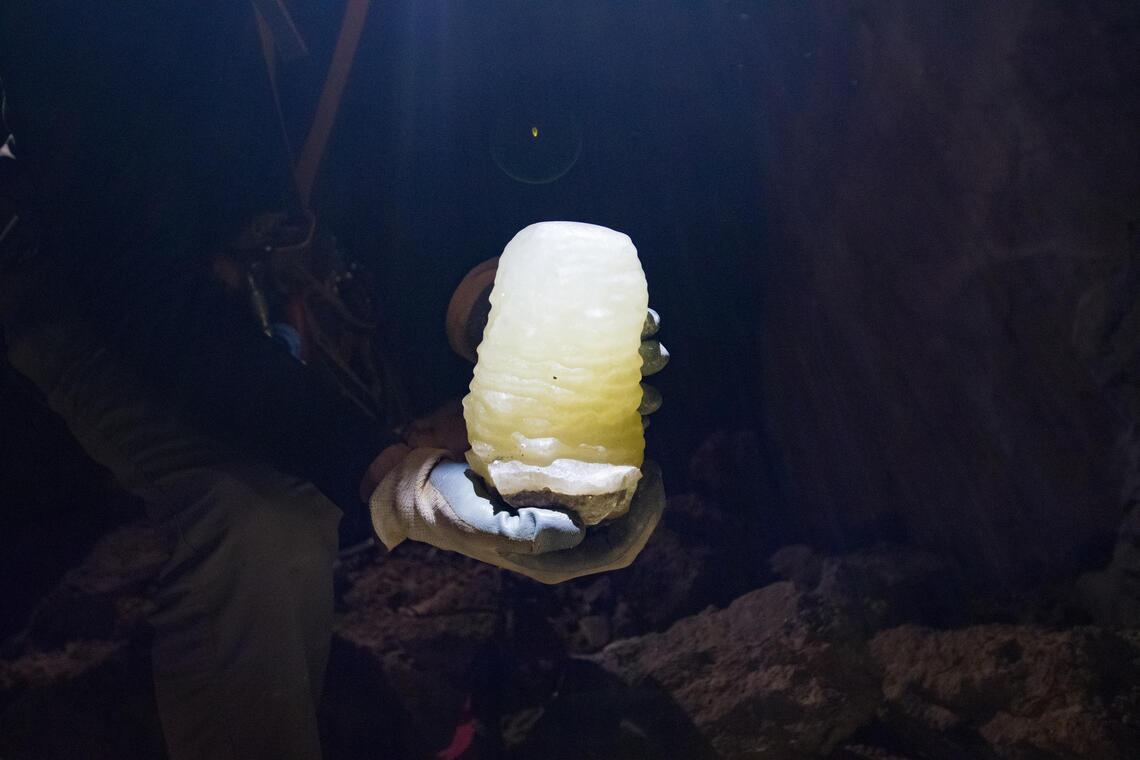LAS VEGAS (KTNV) — A study published in Nature Geoscience this week shows we may be in for more dramatic monsoon seasons here in Southern Nevada and across North America.
UNLV paleoclimatologist Matthew Lachniet led the study, which was published Monday, October 2.
After personally repelling beneath the Grand Canyon's surface to collect ancient samples from undisturbed cave floors, UNLV officials say Lachniet and his research team analyzed the precipitation patterns to better predict future rainfall in our region.

Researchers looked to the rapidly warming period after the last Ice Age as a point of comparison to temperatures we now experience in the American Southwest.
The report detailed weather patterns from 8,500-14,000 years ago where—like today—earlier, hotter summers led to a quicker melting of snowpacks.
The faster melts accelerated evaporation processes which fuel monsoon storms. Heavier summer storm systems were then able to more efficiently penetrate the bedrock and raise groundwater levels.

In recent history, summer rainfall has been largely insufficient in refilling groundwater reserves. Most of our groundwater comes from the annual snowmelts.
However, a UNLV spokesperson says the authors' findings suggest that future warming may also lead to greater rates of summertime rain in the high-elevation Grand Canyon region. This would create a situation where melting winter snow and summer rains would both contribute to groundwater recharge.
“While we still expect the region to dry in the future, more intense summer rainfall may actually infiltrate into the subsurface more than it does today," said Lachniet.
Increased groundwater recharge—marked by water seeping through the bedrock into caves and aquifers— would intensify North American monsoon seasons, which typically run from June to mid-September.
The full study can be found here.





